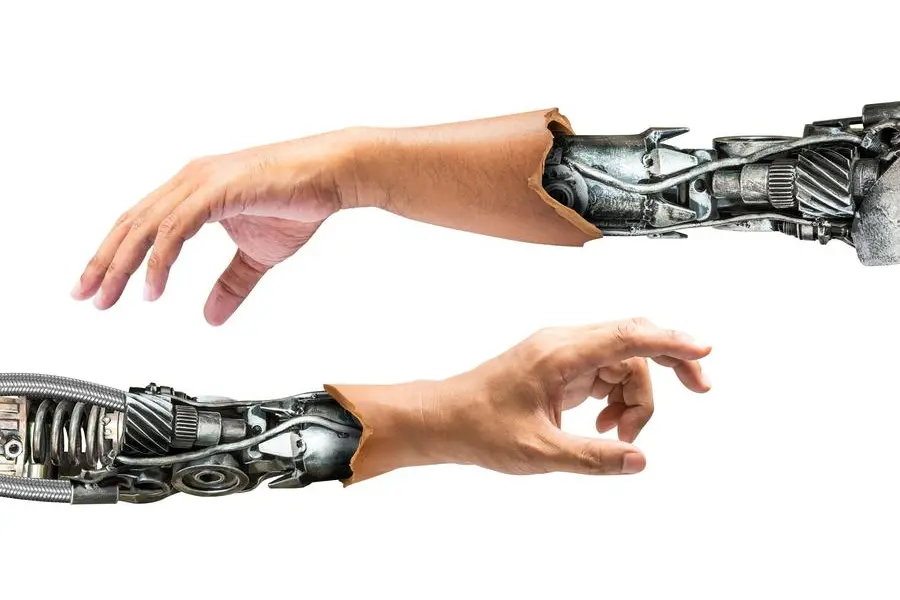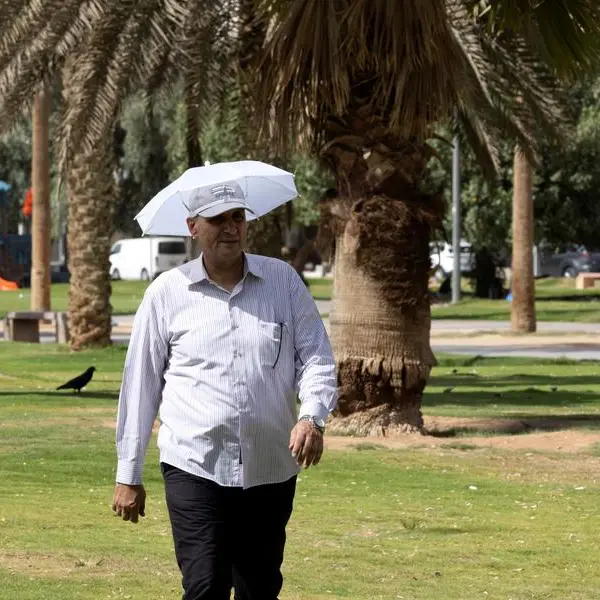PHOTO
Image used for illustrative purposes only Metallic robot arm internal human hand isolated on white background for concept of the future technology. Image Courtesy: Getty Images
Researchers at Harvard University have pioneered a breakthrough in robotics by developing a prototype humanoid robot adorned with a smiling face crafted from living human skin. This innovative development aims to imbue robots with the ability to emote and communicate in a remarkably lifelike manner. The technology involves cultivating a blend of human skin cells within a collagen scaffold, which is then layered onto a 3D-printed resin base.
Unlike previous attempts, this synthetic skin incorporates structures akin to ligaments found beneath human skin layers, known as “perforation-type anchors.” These anchors, created by perforating the robot’s resin base to accommodate living tissue, provide strength and flexibility, crucial for maintaining the skin’s stability on the robot’s surface.
The research team, led by Michio Kawai, envisions significant applications for their creation beyond robotics. For instance, their experiments demonstrated the skin’s ability to simulate the expression of wrinkles over a month-long period, suggesting potential uses in cosmetics research. According to Kawai, this capability could revolutionize cosmetic testing by providing a platform to evaluate new products designed to prevent or enhance wrinkle formation.
Despite these advancements, Kawai acknowledges the current limitations of the technology. The synthetic skin lacks the sensory functions and vascular structures necessary for long-term survival outside a controlled environment. Addressing these challenges remains a priority, with future efforts focused on integrating neural mechanisms and perfusion channels into the skin tissue to sustain its viability and functionality.
The development underscores a pivotal moment in robotics and biotechnology, marking a step forward in creating robots capable of more human-like interactions and expanding the horizon of possibilities for both scientific research and industrial applications.
Arab Times | © Copyright 2024, All Rights Reserved Provided by SyndiGate Media Inc. (Syndigate.info).





















